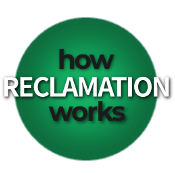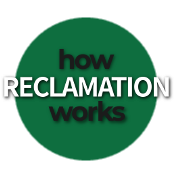- Why Mining Matters
- Jobs
- Safety
- Environment & Operations
- FAQ
- Links
- Fun Stuff
You are here
Gypsum Overview
Nova Scotia has historically been one of the world’s largest suppliers of gypsum. Gypsum’s main use is as an ingredient in wallboard and most walls in Nova Scotia contain gypsum quarried in the province.
327-342 million years ago, global sea levels rose and fell many times. This repeatedly flooded Nova Scotia with what we call the Windsor Sea. Nova Scotia was near the equator at that time so the sea also evaporated repeatedly in the tropical sun.
This process gave us huge gypsum deposits because gypsum forms when water high in calcium and sulfate evaporates, leaving the calcium and sulfate behind as sediment. The sediment builds up and is eventually turned into gypsum rock by heat and pressure.
The lakes below are part of a reclaimed area at a gypsum mine in Milford, Hants County, which is the largest surface gypsum mine n the world. "Progressive reclamation" means we reclaim areas where extraction is complete while continuing to mine elsewhere on site.
When gypsum mining started in Nova Scotia in the late 1700s, it was done by farmers who extracted blocks of it from their farms, hauled it by horse and cart to shipping points near Windsor and sold it to local traders. The gypsum was then exported to the east coast of the United States for use as fertilizer.
US inventor Ben Franklin learned of gypsum’s benefits as a fertilizer from the French and brought the idea to the United States.
Wallboard (aka drywall) was invented in the United States in 1918. Plaster made from gypsum was sandwiched between two sheets of paper and within ten years, large scale production was revolutionizing the construction industry. This changed the gypsum industry in Nova Scotia as vertically-integrated, international companies brought economies of scale and more advanced equipment to the province.
Since then, most of Nova Scotia's gypsum production has gone into wallboard. An average home has about seven tons of gypsum in its walls.


















































































